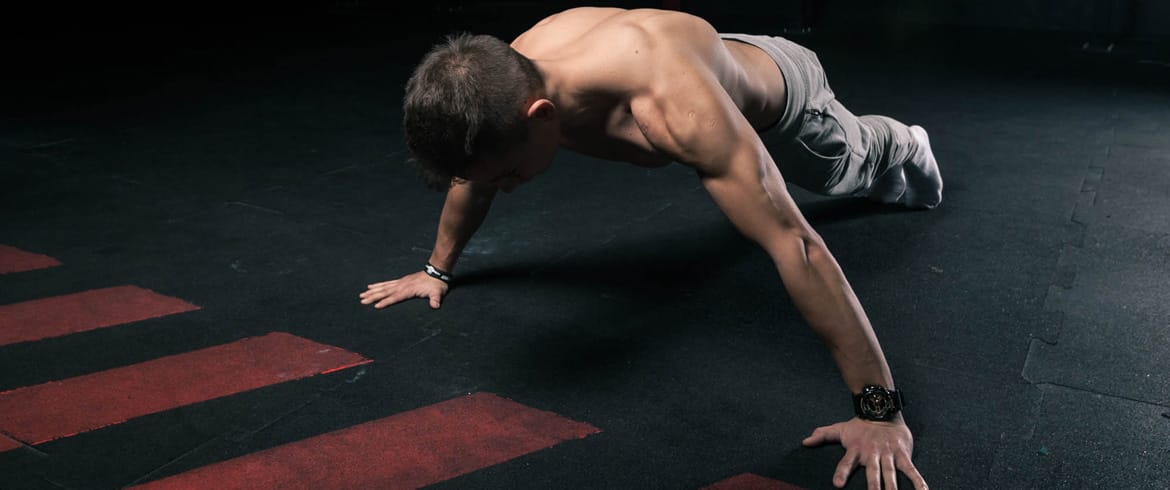
CALISTHENICS BEGINNER ROUTINE
Ok guys!!
In this article, we are going to show you and try to give you some hints, on how to set up in proper way a Calisthenics routine for beginners
We wanna make sure that you start to work on the basics first things first in correct way, so that you’ll focus more on conditioning rather than going straight to strength and resistance. This concept is fundamental in order to let your tendons adapt to the conditions of stress that they are going to face whenever you will start to work on the progressions of the different Calisthenics main skills.
By doing so you will notice how, after working for few months on the basic positions in order to build up the core and adapt to different kind of exercises, you won’t feel sore that much because of the previous time you spent for working indeed on conditioning no matter the age you have.
Remember always that is better to train smart than burning the steps just to show that you have great skills despite the fact that maybe, your tendons are already too sore to bear the pain any longer and lack of form (quantity over quality).

At the base of a Calisthenics beginner routine, we would say that you must keep in mind these few principles:
- Don’t be in a rush on the progressions as in Calisthenics you work on propaedeutics, which means work enough time on each progression in order to execute always a movement in perfect form
- Always manage to include in between your routines, or better in a separate day, stretching as well as foam rolling sessions (for which we will go more in depth in a future article) because the muscles need to discharge from all the tensions accumulated throughout the training sessions of the week, in order to avoid injuries and stay flexible, gain mobility and get stronger at the same time
- Always try, whenever you are performing an exercise, to figure out in your head how you could look while performing that specific movement, feel your body and try to focus on listening to it; in this way you’ll get wiser on understanding where you are lacking of form, where you are making mistakes and where you can improve if you’re already good at that specific movement.
Of course together with what just stated above, no need to mention that if you have chance to always record yourself this is surely another great way to improve and correct yourself - Make sure to include always a good 20 to 30 minutes of warm up in order to be ready for the workout because no matter the age, going straight into training without warming up in proper way leads to injuries in the shortest time lapse. The same can be told for the cool down where instead, you are supposed to focus on mobility/flexibility and static active stretching
Now that you have this brief preface on what to keep always in mind before going to set up your routine, we can look further into it and explain how to program it.
I personally recommend to follow these rules in order to set up a routine in correct way, that are:
- Try to work in pairs (of exercises), the total amount of volume should be higher in the beginning as we wanna make sure that we will work on doing more reps per each exercise in order to give the habit to the body to each specific basic movement.
- Then you can progressively increase the difficulty in order to gain more strength, stamina and get comfortable with the harder progressions (for ex. from Advanced Tuck Front Lever hold to One Leg Front Lever hold etc.)
- Do not exceed in the number of exercises you wanna focus on, as first of all it would be useful to decide which skills you wanna develop first
- Make sure to work on 2, maximum 3 skills at a time as too many skills in once are leading to low quality movements and so it will also take you more time to approach then new skills and movements combined
- Another very important rule is to make sure to follow the simple scheme of two push exercises together with two pull exercises as a base (on which you can then add few more exercises depending on your needs); after that we should also consider to include a couple of exercises for the legs and two for the core (as also mentioned in our previous article)
- Make sure that between the exercises you take the proper break in order to let muscle restore from the previous effort so consider at least 1 min, 1 min 30 secs between each exercise and then, after completing the first pair of exercises, take a 2-3 min break before going into the next one
- In order to give a sense to the whole thing, I will show you how to set up a routine by following the meso-cycle scheme.
It means that you will effectively work three weeks out of four, then at the fourth one you will de-load per each exercise the volume by:
a) Performing half of the reps you have been doing during the three previous weeks for all the dynamic exercises
b) Performing half of the seconds of hold for the static exercises
The next steps will evolve according to this scale of progression: +1 rep (for dynamic movements) = +2 secs (for static movements/holds) = +2 secs eccentrics (for negative work)
CALISTHENICS BEGINNER ROUTINE
Going now more in depth on how to set up a Calisthenics Beginner routine, consider that most of the exercises that are part of this world have as a solid base the pulling and pushing movements.
In particular, we should firstly develop enough strength in our lats (Latissimus dorsi) that is that big muscle located in our back responsible of holding the whole upper body as you can see from the picture below:
This means that, we shall include at the beginning of our routine first of all those exercises that are going to “take” most of our energies so that we can progressively reach the end of our routine without feeling exhausted and sore all over our body.
IMPORTANT: Make sure that, before going to set up your routine, you must take a first session apart in order to understand from where you have to begin.
This means that, in order to decide how many sets, reps and seconds of hold you need to include in your routine, you will have to try out (for every exercise) how many reps, sets and secs you are able to execute and hold in perfect form.
The first element could be made of, for instance, 4 sets of X reps of Pull Ups where X reps should be defined according to which is the total number of repetitions you are able to make without losing the form.
So let’s say you are able to complete in correct full form 4 reps, then you could start to work on 4 sets of 2 reps each and then progressively increase the volume by adding one more rep at a time (month by month).
Then we could alternate this first exercise with 4 sets of X reps (following the same principle above) with a pushing exercise so, in the most simple case, we could add the Push Ups.
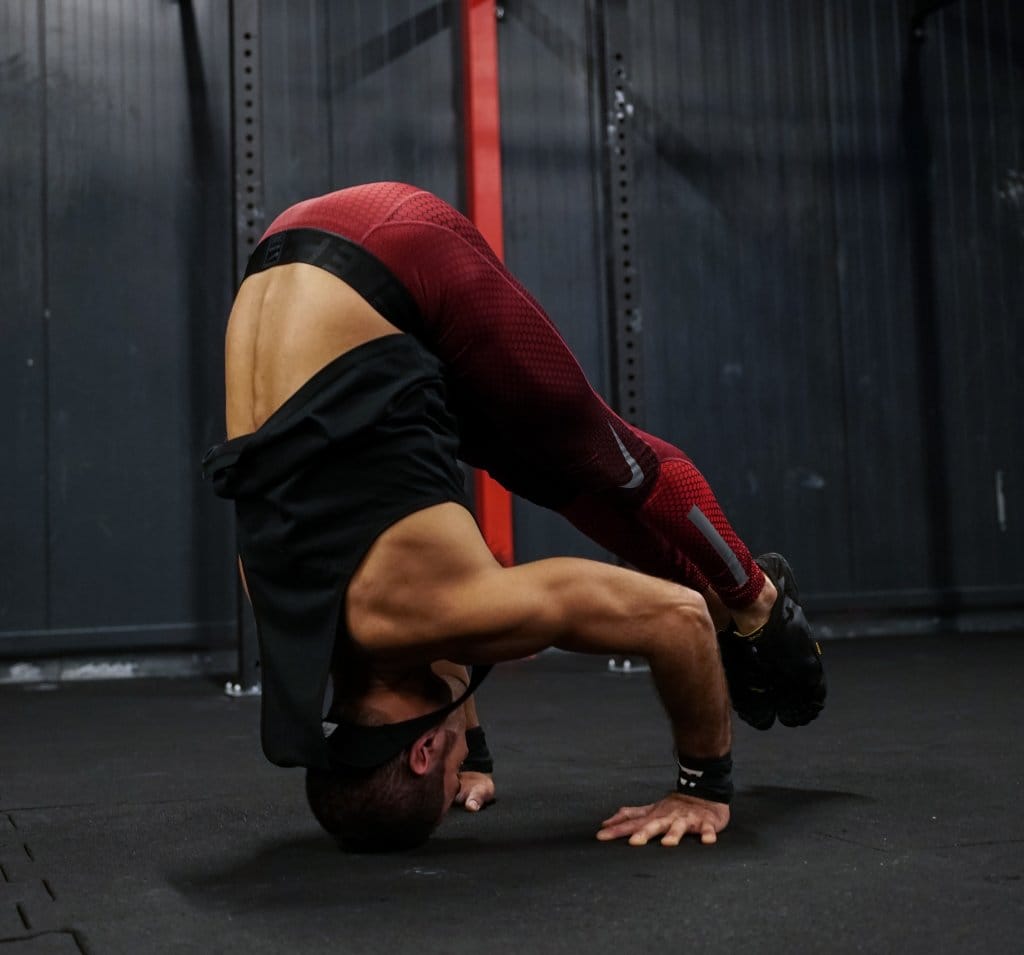
Next step could be to work on some specific skills, so if we have decided for ex. to start to work on Back Lever and Planche, we could proceed by adding another couple of exercises per each of these skills.
Could be 4 sets of X reps of Skin the cat, that is a propaedeutic exercise very effective to build up the strength in our shoulders and back in order to provide support once we are going to perform the hold exercise such as tuck back lever hold.
Together with it, we can add a basic exercise for the planche like the planche lean that is very useful to build stronger shoulders and be then able to go into the tuck planche hold and all its progressions; to summarize we could consider a 4 sets of X secs of planche lean.
Going on with the routine, then we could have another pair of exercises such as:
4 sets of X secs of Tuck Back Lever hold (pronated grip) together with 4 sets of X reps of Pseudo Plank Push Ups.
Now that we have set up the main exercises including pull and push, we can go on and add two leg exercises and here you have freedom to choose the most suitable for you.
Keep in mind that, if you are in the gym you can also consider to work on barbell exercises such as Deadlifts (or Romanian, Sumo), Squats (or Regular, Front Squat), dumbbell lunges (front, side to side), weighted Pistol Squats, weighted calf raises and many more.
If instead you are going to train outdoor, here we can go on a different level and include assisted or free pistol squats, Squat jumps, plyometric Squat jumps, lunges, free Squats, calf raises, 180 degree jump Squats, burpees (that works both on chest and legs), frog jumps, squat stance sided walk, jumping lunges and many more.
To close this Calisthenics beginner routine, then I suggest to include as previously anticipated, a couple of core exercises such as dragon flags (advanced tuck, one leg, straddle, full), ab wheel and all the other main core exercises we have enlisted in our article regarding the core (on the bar and on the floor) so I invite you all to take a look back at it!

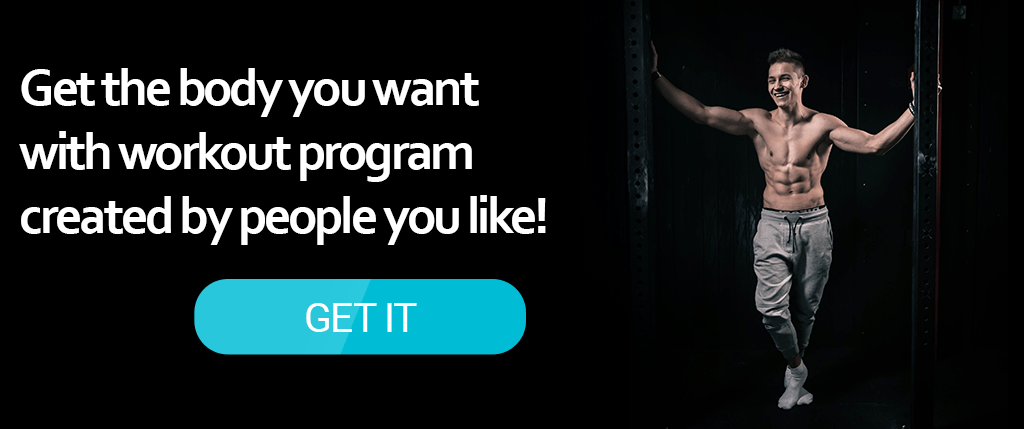
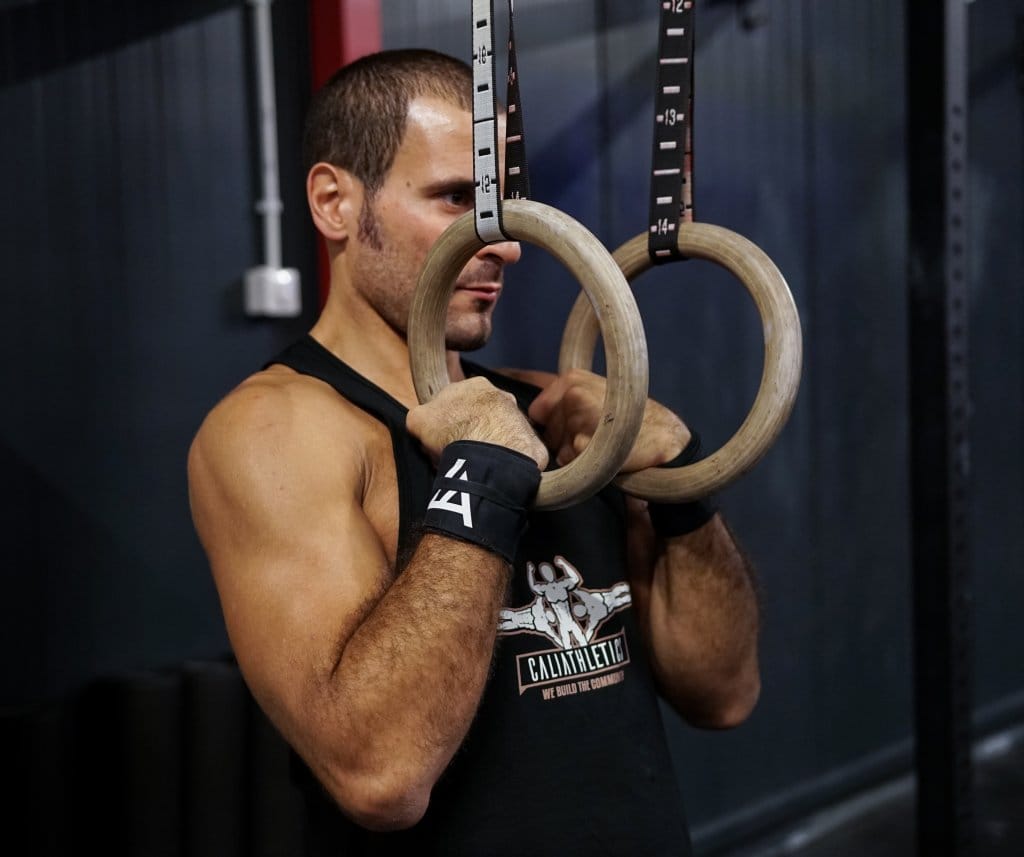
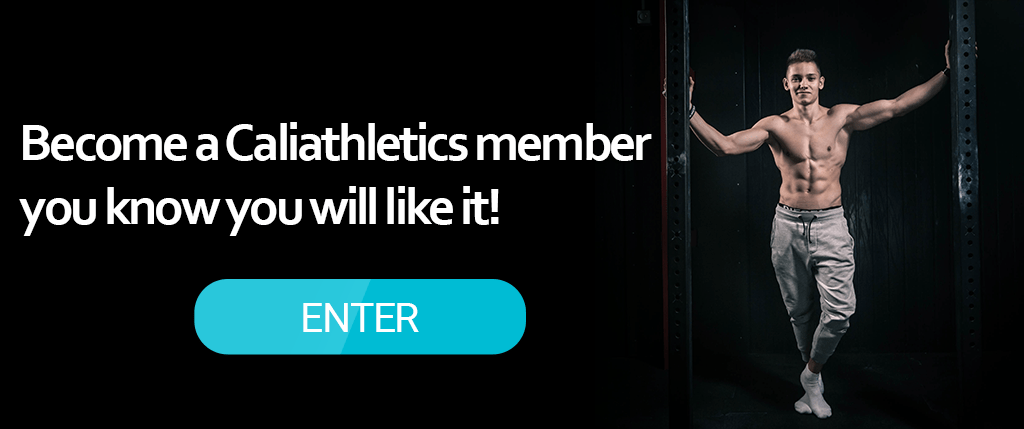
[…] calisthencis workouts make this easy. By using bodyweight exercises coupled with fast paced calisthenics exercises, you will get a great workout that results in more real world benefits. If you want a […]
Hey Caliathelics,
I used to bodybuild one and a half year back, but it got the best out of my muscles. Now i’m looking at this calisthenics and i’m motivated and ready to go. But there is one thing I’m not getting. With calisthenics do you do cycles of excercises and with every cycle 1-3 minutes of breaks or do you do just do it like body builders one pull up excercise with this many sets and reps then another excercise till you have done the full body?
Yours sincerely,
F.J
Hi Friso,
Welcome to Caliathletics! I do really apologize for my very late reply, but now I’m gonna answer and hopefully fix all your doubts.
Calisthenics, as you have surely understood, is a method that implies, first thing first, the strict use of your own bodyweight.
To master all the main skills of Calisthenics such as Front Lever, Back Lever, Muscle Ups, Planche, Handstand, V-sit and much more, you have to firstly become a master of the basics.
These basics are representing all the main exercises divided in “pushing exercises” and “pulling exercises”.
As you already know main pushing basic exercises are push-ups and dips and as main pulling exercises chin-ups and pull-ups.
When you train Calisthenics, somebody likes to adopt a sort of bodybuilding schedule adapted to bodyweight and so never works on full body, but divides into muscle groups his workouts.
In my personal opinion, Calisthenics, being a strict bodyweight discipline should be approached by learning how to distribute correctly the workload throughout every workout so to work all the time in full-body rather than by isolated muscle groups.
According to such method also the total volume, hence sets and reps have to be adjusted depending on which are your initial goals; for instance, for a beginner would be recommended to focus on developing a proper conditioning in tendons and ligaments by performing high volumes in terms of reps per each set (between 10-15) and then later on decrease, but incrementing the difficulty of the exercise.
Since the main skills I spoke about above, require a lot of patience and dedication in order to master them, the approach for training them implies to work on many sets initially for many seconds since most of them are static exercises (isometrics), apart of course Muscle-ups that require instead to develop a fair level of strength and explosiveness to perform them safely.
I hope to have given you a clearer scenario of how Calisthenics works and so of which are the most common methods adopted to train it.
See ya!
Thank you for all these information. I’ve always wanted to do Calisthenics but never found which basic exercise were the main. After doing many Australian pull-ups and assisted pull-ups, I’m finally able to do a full pull-up, now I just have to keep working on it to increase the volume :). With your post I know what to focus on now, which is to master push up, dips, pull-ups and chin-ups. Thank you!
Thank u so much for the very important and positive feedback of yours! Keep up with the good work and stay tuned for more interesting topics regarding how to manage the workload in your daily workouts! We wanna make sure you are able to keep progressing towards bigger goals! See ya!
When I originally commented I clicked the “Notify me when new comments are added” checkbox and now each time a comment is added I get
four emails with the same comment. Is there any way you can remove me from that service?
Thanks!